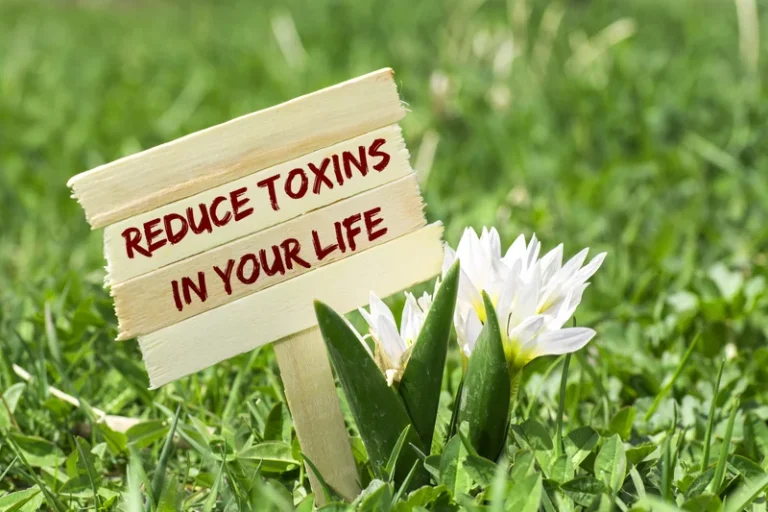
How long you stay in drug or alcohol rehab depends on your individual needs and the type of treatment you choose. There are both short-term and long-term rehab programs available, but there really is no one-size-fits-all amount of time. These programs place someone in a safe environment where they can detox with the help of medications and constant monitoring of medical professionals.

How Long Do People Stay In Rehab?
- These groups create a sense of community and accountability, helping individuals navigate triggers and build resilience.
- Yes, you can work during drug rehab, but it depends on the type of program you choose.
- It can pose a barrier to seeking and entering treatment and perpetuate stigma and shame at treatment setbacks.
The detox process also involves around-the-clock medical and clinical monitoring. A specialty rehab center is a treatment facility designed to cater to the unique needs of specific groups, such as veterans, teens, LGBTQ+ individuals, professionals, and faith-based communities. These centers provide customized programs that address each group’s social, psychological, and medical challenges, improving recovery outcomes. It has a success rate of around 40% to 50%, according to the National Institute on Drug Abuse (NIDA), depending on patient commitment and ongoing support systems. According to a report by Statista in 2023, the US had 17,561 substance abuse treatment facilities, including 12,845 outpatient rehab facilities, 3,654 residential facilities, and 1,043 hospital inpatient facilities. According to the National Institute on Drug Abuse, inpatient rehab has a success Drug rehabilitation rate of around 50% to 60%, with many individuals maintaining long-term sobriety when followed by aftercare programs.
- It also may be more manageable for people who have limited time to take off work, family obligations, or who have limited financial resources.
- There are both short-term and long-term rehab programs available, but there really is no one-size-fits-all amount of time.
What Makes Steps to Recovery the Best Rehab?
The design of short-term treatment helps people overcome their addiction in a very short period of time, but there is no universally accepted definition of what “short-term” really implies. Short-term rehabilitation typically lasts fewer than 30 days; however, some residential treatment facilities offer short-term drug rehab lasting up to 90 days. Although the terms “detox” and “rehab” are sometimes used interchangeably, it’s important not to confuse the two. Rehab refers to a more comprehensive set of services designed to help a person overcome their addiction to drugs, both physically and mentally. You have time to go through physical withdrawal, begin learning relapse prevention strategies, focus on mental health issues, and work on family or relationship issues.
Short-Term Drug Rehab

It’s not a straightforward question, though, because it involves many factors that must be considered. The decision to go to rehab is a major step, and you’ll want to make sure you set yourself up for success. Deciding how long your rehab stay should be is an individual choice, and it’s all about finding how long is drug rehab the right path for your recovery. In this article, we’ll discuss rehab lengths and help you decide which option is best for you or your loved ones.

Detox Program

While effective, short-term programs often require supplementary care, such as outpatient therapy or support groups, to sustain progress. Due to the limited timeframe, participants may find it challenging to fully address deep-rooted issues or establish long-lasting recovery habits. As a result of the Affordable Care Act (also known as the ACA or Obamacare), substance abuse and mental health services must be covered by health insurance plans. A halfway house is a transitional living facility that helps individuals reintegrate into society after completing rehab. These homes provide a structured environment where residents must follow house rules, attend support meetings, and engage in employment or education.
- The cost of drug rehab without insurance varies widely depending on factors such as treatment type, facility location, and program length, but financial assistance options are available to make recovery more accessible.
- These and other risks, uncertainties and factors are described in detail in Gilead’s Quarterly Report on Form 10-Q for the quarter ended September 30, 2024, as filed with the U.S.
- Longer stay programs last from days and are for those with more severe addictions or a dual diagnosis/co-occurring disorder.
- Ecstasy withdrawal symptoms are tied to how the drug impacts brain chemistry.
- Antidepressant withdrawal can be difficult, with symptoms ranging from mild to severe.
